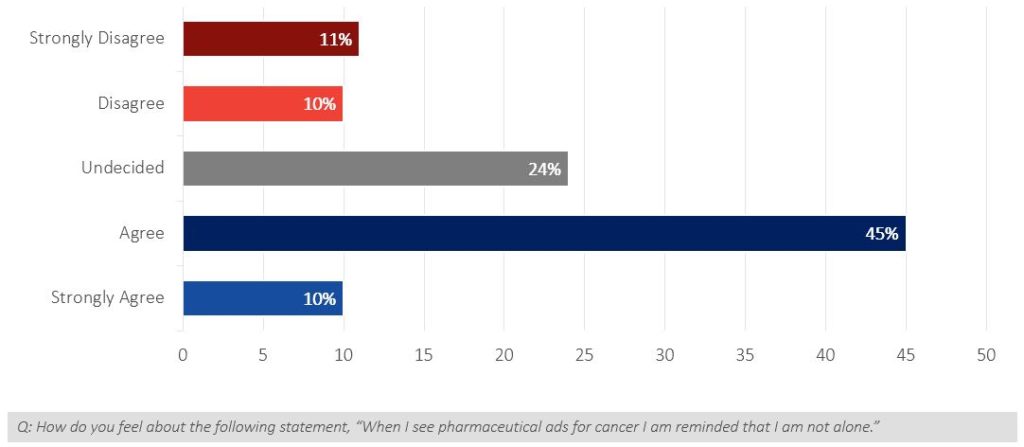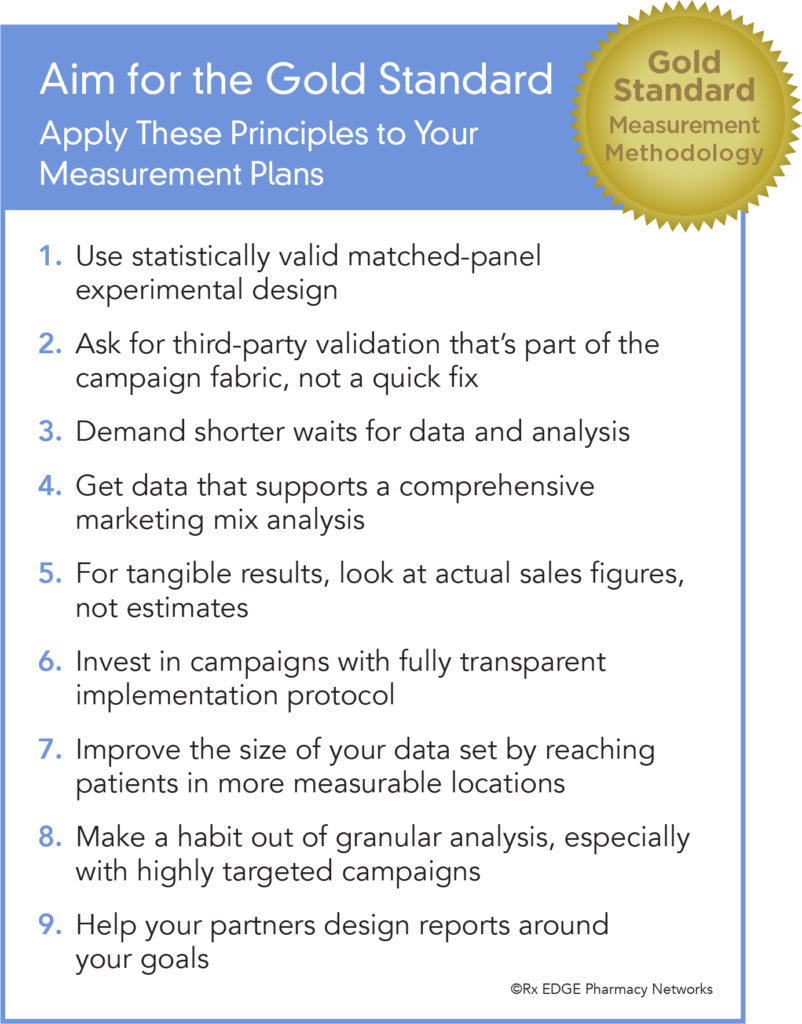In today’s digital world, patients with chronic conditions are inundated with messaging—but that messaging often doesn’t come close to aligning with their individual healthcare journey.
To effectively reach and engage these patients, it’s vital to embrace personalization and curate content tailored to discrete patient segments, according to a panel of industry experts who discussed the topic at this year’s DTC National Conference in Boston.
“Patients are super-overwhelmed, [so] we really need to meet them where they are,” said Tara Sheehy, Phreesia’s Director of Client Experience, who moderated the panel. “They’re experiencing this one-size-fits-all message, and it’s not tailored to where they are in their journey.”
One meaningful approach to getting the right messages to the right patients at the right time is to address the uncertainty they may feel about their symptoms, diagnosis and treatment in ways that speak to their concerns, said Terry Voltz, Director, Customer Promotion-Consumer at Ironwood Pharmaceuticals, a GI-focused healthcare company.
“It’s about authenticity,” Voltz said. “If you really want your content to resonate at that stage, you have to accurately reflect what people are feeling at that stage of the patient journey … If somebody’s looking at your social post or your banner or your TV commercial, and they’re not seeing their own experience in that communication, then that’s not going to resonate with them.”
In addition to reaching patients with content that speaks to their specific needs and experiences, it’s ideal to deliver that content right before they meet with their healthcare provider (HCP) to drive activation. Phreesia survey data collected from more than 6,500 patients in 2022 verified that conclusion: Nearly one-quarter of survey respondents (23%) said they had asked their doctor about health information they saw at the point of care, making it the strongest surveyed channel for promoting patient-doctor discussions. Ongoing, trusted communication with their HCP is particularly important for cancer patients, Roz Silbershatz Tomás, Senior Director, Global Oncology Marketing, Regeneron, pointed out.
“When you’re initially diagnosed with any [type of] disease, it’s overwhelming. But in oncology, there’s also a fear component that comes along with the diagnosis,” Silbershatz Tomás said. “[When] talking about patient-doctor dialogue, it’s so important that we equip these patients with very simple, easy-to-understand tools so they can start that [initial] conversation with their doctor.”
Providing patients with tools and education tailored to their disease or condition also can empower them to initiate discussions about specific treatment options with their HCPs. In these moments, it’s important that patients are adequately informed about and have realistic expectations around specific treatment options, as some products for chronic conditions can take longer to start producing noticeable results, explained Christine Mormile, Director, Media, CMI Media Group.
“Each condition is so different, so [it’s important to] make sure everyone is instilled with the knowledge that this is what you’re going to expect, and that HCPs, patients, and their caregivers are informed throughout the entire journey,” she said.




















